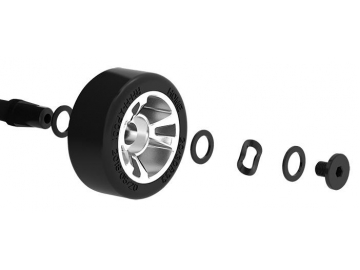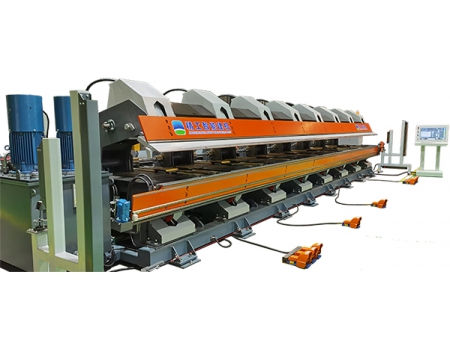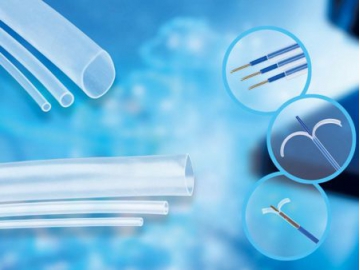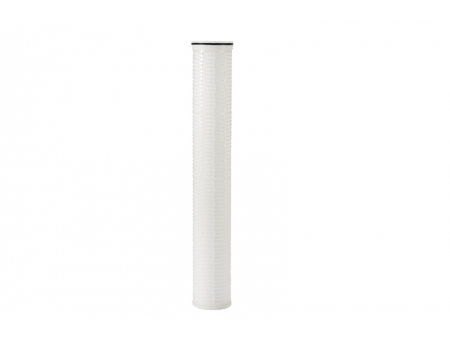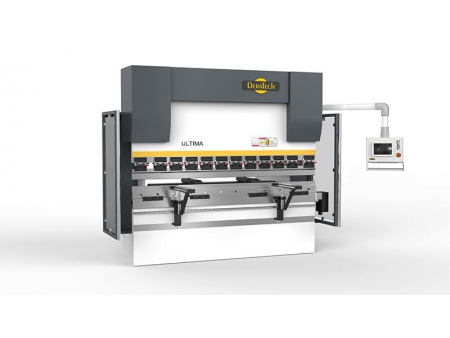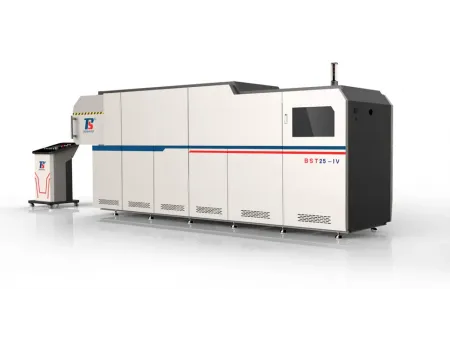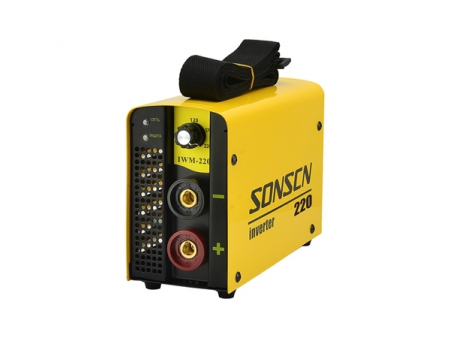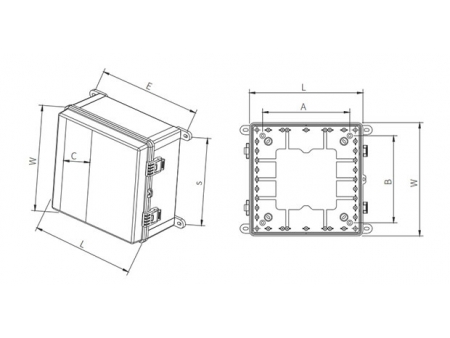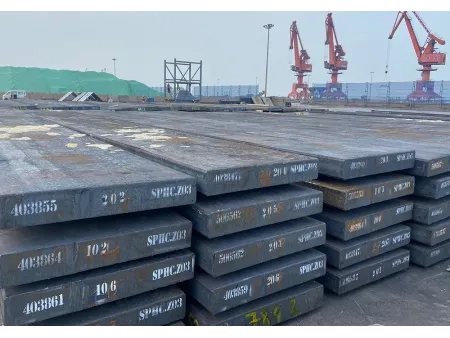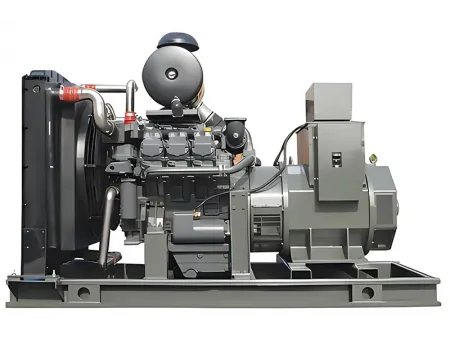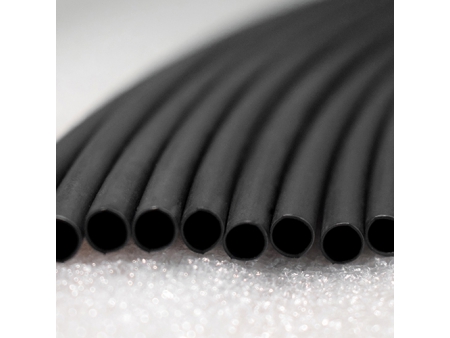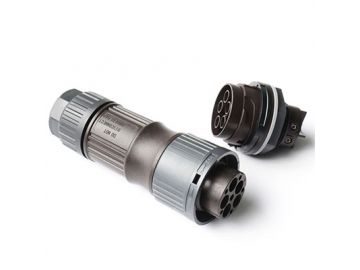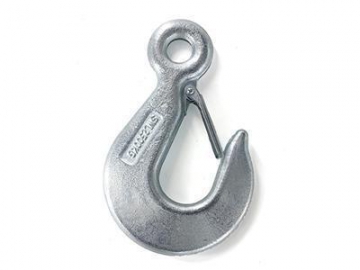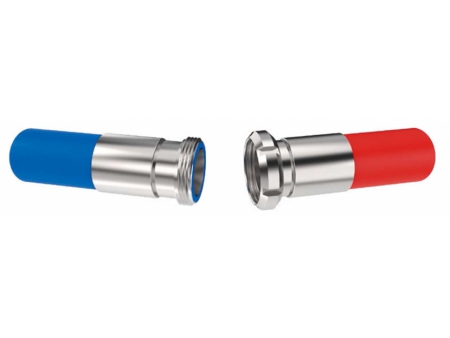DIN 603-1981_E
Flachrundschrauben mit Vierkantansatz
Supersedes 11.70 edition
As it is current practice in standardspublished by the International Organization for Standardization (ISO), thecomma has been used throughout as a decimal marker.
Dimensions in mm
1 Field of application
This standard specifies mushroom headsquare neck bolts with metric threads M5 to M20 of product grade C.
2 Dimensions, designation
Designation of a mushroom head square neckbolt, with screw thread d=M10, length l=
Mushroom head bolt DIN 603-M10×70
Continuedon pages 2 to 5
DIN 603 Page 3
If mushroom head bolts according to this standardare to be supplied in strength category 3.6 or 4.6 with hexagon nuts ofstrength category 5 or 4 according to DIN 555, the symbol Mu must be added to the designation, e.g.:
Mushroom head bolt DIN 603-M10×70-Mu
DIN 962 specifies additional forms, typesand details of order, as far as the said standard is applicable to mushroomhead bolts.
3 Technical delivery conditions
1) P=thread pitch
2) For l≦
3) For 125<l≦
4) For l>
5) For manufacturing reasons the IT 15 tolerance is permissible for a length of 2d below head (includingsquare).
Therefore, thecorresponding limiting dimension is given for V max.
The shankdiameter may also be ≈pitch diameter at manufacturer’s discretion.
6) Radius r3 must beadhered to for a minimum length of
Standardsreferred to
DIN 13 Part 13 ISO metric screw thread; review of screwthreads for bolts and nuts from 1 to
DIN 267 Part 1 Bolts, screws, nuts and similar threadedand formed parts; technical conditions of delivery; general information
DIN 267 Part 2 Bolts, screws, nuts and similar threadedand formed parts; technical conditions of delivery; types and dimensionalaccuracy
DIN 267 Part 5 Bolts, screws, nuts and similar threadedand formed parts; technical conditions of delivery; testing and accepting
DIN 267 Part 10 Fasteners; technicalconditions of delivery; hot-dip galvanized parts
DIN 267 Part 19 Fasteners; technicalconditions of delivery; surface defects of screws
DIN 555 Hexagon nuts; metric thread, typeg
DIN 962 Screws, bolts, studs and nuts; additional types and finishes; details oforder and dimensions
DIN ISO 898 Part 1 Mechanical properties offasteners; bolts, screws and studs
DIN ISO 4759 Part 1 Tolerances for fasteners; bolts,screws and nuts with thread diameters between 1.6(inclusive) and
DIN 603 Page 5
Formereditions
DIN 559:02.23, 04.25, 01.36; DIN 559 Supplement: 10.26; DIN 603: 07.25, 07.36, 12.67, 11.70; DIN603 Part 1: 01.41, 05.53, 03.63
Amendments
Compared with the November 1970 edition thefollowing amendments and additions have been made:
a) The “with hexagon nut accordingto DIN
b) The dimensioning of the boltswas changed. The shank lengths ls and lg were adopted, lg max. indicating at the same time the minimum grip ofthe bolts. The former screw thread length b is just a reference dimension forcalculating ls and lg. Thedifference between ls min. and lg max. is 5× threadpitch, this value including the screw thread runout and the tolerances on length. In the case of shorter bolts lg max.=f max. 5p, with ls falling in this range, i.e. these bolts have a thread almost reaching thesquare. This new kind of dimensioning does not adversely affect interchangeability (new for old), because the screw thread length b; taken as a basis forcalculating ls and lg was not changed.
c) The limits of the individualdimensions were adopted. They have regard to the tolerances according to DINISO 4759 Part 1; but this does not cause any significant changes as comparedwith the previous tolerances specified in DIN 267 Part 2.
d) New limiting dimensionsresulting from DIN 267 Part 2 were specified for the square taking into accountthe permissible upsetting which corresponds to IT 15 within a length of 2 dbelow head. The present stipulations in DIN 267 Part 2 are not quite clear inthis respect.
e) The bolt weights were specifiedseparately, the previous weights being reduced by the weights of the nuts.
f) The strength categories referto DIN ISO 898 Part 1. This standard supersedes DIN 267 Part 3.
The strengthcategories 3.6 and 4.6 apply as usual. It is not intended to differentiatebetween 3.6 and 4.6, because this limit depends on the manufacturing process.Strength category 8.8 is permissible on agreement.
g) Details concerning the typewere adapted to DIN ISO 4759 Part 1. This standard partly supersedes DIN 267Part 2. It was not possible to completely dispense with DIN 267 Part
h) The previous type “edges ofsquare radiused” was replaced by adopting a maximumvalue for the rounding radius.




